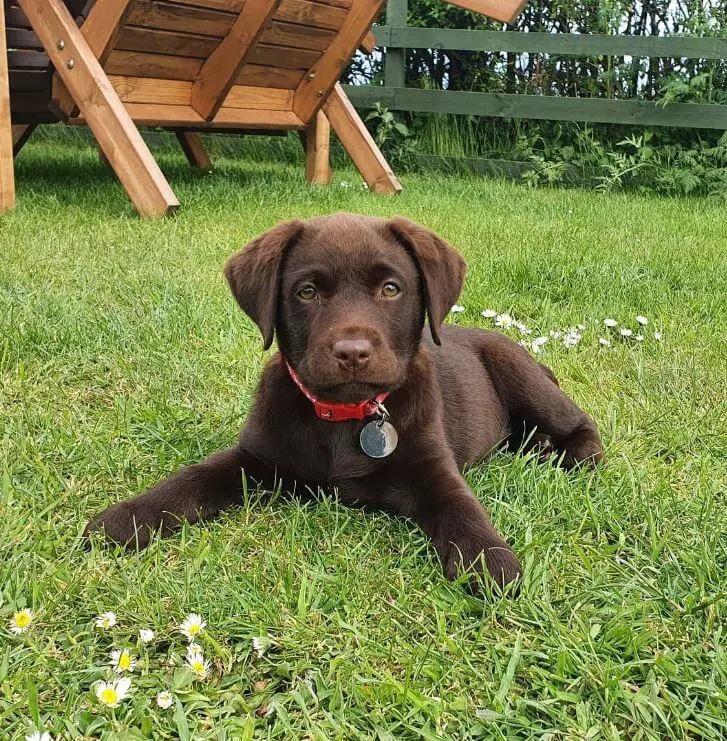Labrador Retrievers are known for their friendly nature, intelligence, and versatility. Training a Labrador Retriever puppy is an exciting journey that requires patience, consistency, and positive reinforcement. In this article, we’ll guide you through a comprehensive training timeline and schedule to help you raise a well-behaved and happy Labrador Retriever.

Weeks 8-12: The Foundation Stage
The early weeks of a Labrador Retriever puppy’s life are crucial for building a strong foundation for training and socialization.
- Basic Commands: Begin with simple commands like “sit,” “come,” and “stay.” Use positive reinforcement techniques such as treats and praise.
- Crate Training: Introduce crate training to provide a safe and comfortable space for your puppy. This helps with potty training and prevents separation anxiety.
- Socialization: Expose your Labrador puppy to various people, animals, environments, and experiences to build confidence and prevent fearfulness.
Months 3-5: Expanding Skills and Behavior
During this period, focus on building more advanced skills and addressing behavior challenges.
- Leash Walking: Start leash training to teach your Labrador Retriever puppy to walk politely on a leash without pulling.
- House Training: Establish a consistent potty routine and reward your puppy for outdoor eliminations.
- Commands Reinforcement: Strengthen basic commands by practicing them in different environments and gradually increasing distractions.

Months 6-9: Advanced Training and Manners
As your Labrador Retriever puppy matures, you can introduce more advanced training techniques.
- Advanced Commands: Teach commands like “down,” “leave it,” and “drop it” to enhance impulse control and obedience.
- Distraction Training: Train your puppy to focus on you even when distractions are present, such as other dogs or people.
- Polite Greetings: Teach your Labrador Retriever puppy not to jump on people and to greet calmly.
Months 10-12: Refinement and Real-Life Application
During this stage, focus on refining your Labrador Retriever’s training and ensuring consistent behavior in real-life situations.
- Off-Leash Training: Practice recall and commands off-leash in secure environments like fenced areas.
- Stay and Wait: Strengthen the duration of commands such as “stay” and “wait.”
Beyond 1 Year: Lifelong Learning and Bonding
Training is an ongoing process that continues throughout your Labrador Retriever’s life.
- Engage in Activities: Participate in activities like obedience trials, retrieving games, and agility to keep your Labrador mentally and physically active.
- Regular Exercise: Provide daily exercise to keep your Labrador Retriever happy and prevent behavioral issues caused by excess energy.
- Positive Reinforcement: Continue using positive reinforcement techniques to maintain good behavior and strengthen your bond.

Training a Labrador Retriever puppy requires dedication, consistency, and a positive approach. By following this comprehensive timeline and adhering to positive reinforcement techniques, you can help your puppy grow into a well-behaved and confident adult dog. Remember that each puppy is unique, so tailor your training approach to your Labrador Retriever’s personality and needs. With patience and love, you’ll enjoy a harmonious and rewarding relationship with your well-trained Labrador companion.
